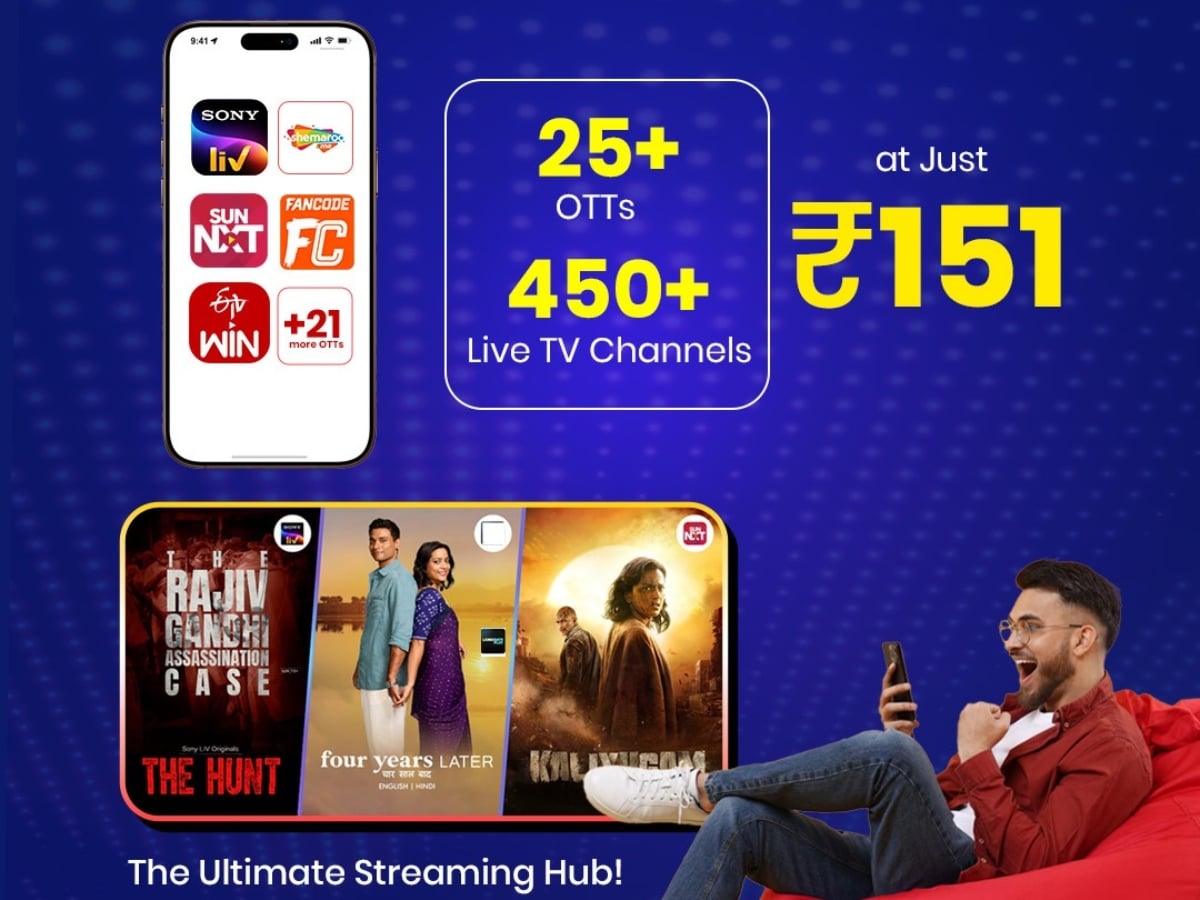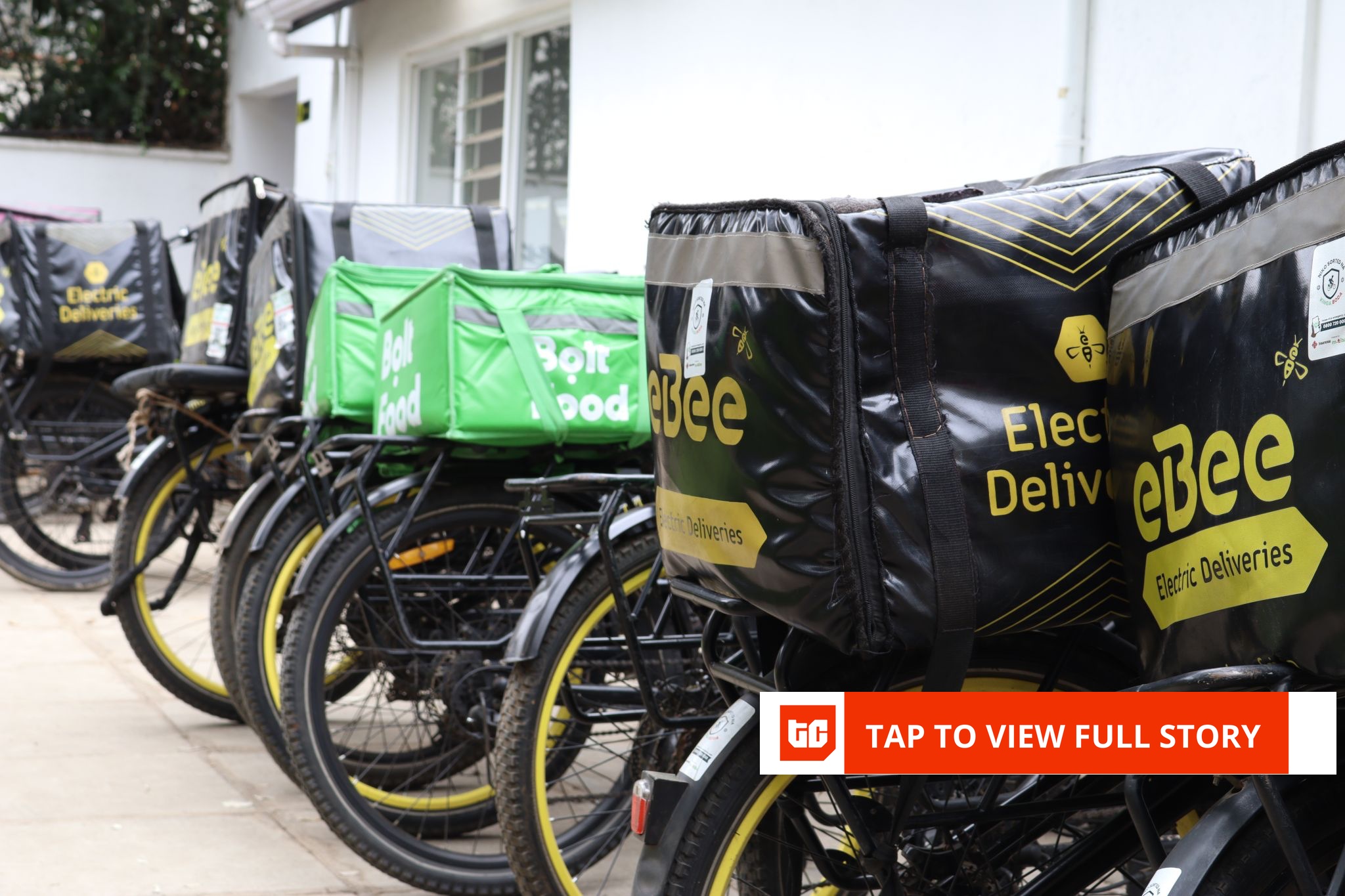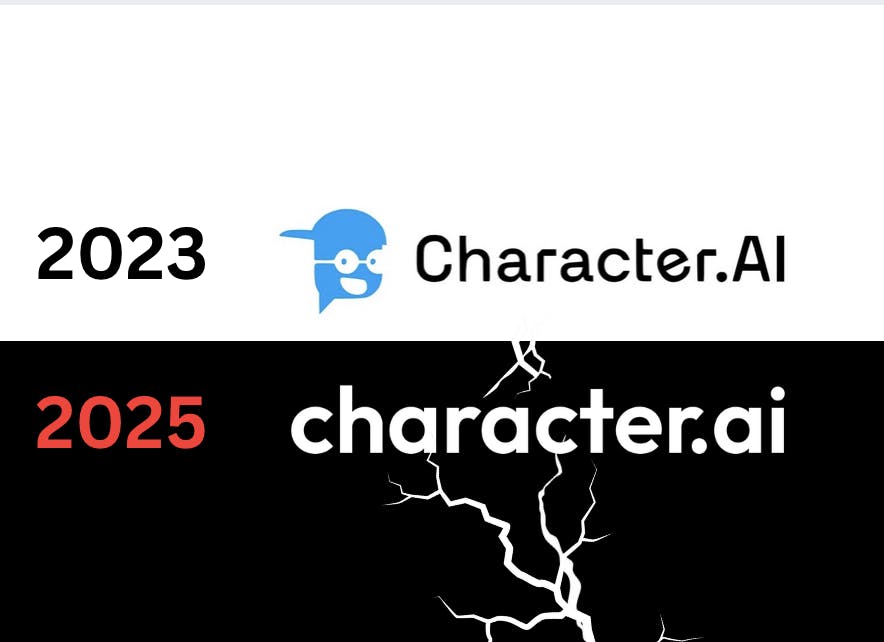Mobile games is an industry that always finds a way to be exciting: Continuous changes in the user acquisition (UA) landscape, different genres rising & stagnating, regulatory changes, new players emerging… . My experience in the mobile gaming industry has allowed me to observe various industry cycles. On top of that, I was fortunate enough to play a key role in transforming a mobile games studio from an ad-based hypercasual focus to an in-app-purchase-based casual focus. When I look outside mobile gaming, I can see familiar patterns repeating themselves again.
Thanks to the rise of AI, everyday we seeing more and more mobile app store apps that has “AI” in their name: “AI Photo Editor, AI Art Generator, AI Photo Animator, AI Notetake, AI Assistant…..”. These are called AI-Wrapper apps (a thin UI plus API calls to an LLM)
The current explosion of AI-Wrapper apps mirror the rise of hypercasual in 2018-2021. Both have fast-production cycles with low product differentiation. Both businesses scale very fast via well-executed User Acquisition tactics. Both carry similar risks: shifts in platform or user acquisition economics. Due to these risks, hypercasual players had to evolve in the past or simply vanish. Given the similarities, I believe a similar crossroads awaits the AI-Wrappers
Here I map the parallels and offer a survival plan.
What Is an AI Wrapper App?
A product that:
- Relies on a third‑party model (OpenAI, Anthropic, Google, etc.) for core value creation.
- Adds a very thin layer: prompt engineering, templated workflows, or a slick UI. Basically a “tweak” that is easy to add.
- Competes on user acquisition, not capability: ASO, virality hooks, marketplace featuring, creative ads in mobile
- Shows commodity outputs that competitors can replicate within days.
- What is not an AI Wrapper?
- First party models
- Third party models who create deep moats and personalized experiences for users which are not easy to replicate
- Niche-apps which could be only built by combining deep-industry knowledge with AI
Wrappers aren’t bad for users. But as the field gets crowded, everything that made wrappers fast to build becomes a liability for the businesses that produce them.
Rise and Fall of Hypercasual
Hypercasual games won initially by:
- Speed to market: prototype, test and scale in days.
- UA arbitrage: cheap installs via simple, eye‑catching ad creatives.
- Easy loops: one‑tap mechanics with ad‑monetization and minimal meta.
And they lost ground when:
- Privacy/attribution changes by platforms killed granular targeting and drove cost per install (CPI) up.
- Number of hypercasual apps exploded, causing creative fatigue because every app had 100 clones with similar ad creatives and resulting even higher CPIs
These made the unit economics of hypercasual studios non-sustainable. Some studios and publishers survived by moving to hybridcasual or casual: deeper meta, longer retention, IAP focus + ads. In a nutshell, they gave up on speed, deepened the product, increased the life-time value and saved the unit economics. Let’s go over some of the parallels and their risks.
Parallel #1: Production Over Moats
Hypercasual: Focused on how many prototypes you ship per week.
AI wrappers: Focused on how many prompts/templates/workflows you ship per week.
Risk: Anyone can ship the same thing tomorrow, only differentiator is speed
Parallel #2: User Acquisition Arbitrage
Hypercasual: App Store keyword stuffing, trending mechanics, CPI arbitrage, continuous creative production
AI wrappers: ASO/SEO on “AI resume writer,” “AI PDF reader,” “AI homework helper”, continuous ad creative production
Risk: As the number of player increases, differentiation in ASO/Ad Creative vanishes and cost per install increases to in order to scale
Parallel #3: Shallow Engagement Loops
Hypercasual: 30–90 seconds of fun, then an ad.
AI wrappers: One‑shot queries with little reason to return.
Risk: Low retention leaves no room to increase life-time-value of user, making the unit economics vulnerable to CPI increases
Parallel #4: Platform Dependency
Hypercasual: Dependent on ad networks and mobile OS policies.
AI wrappers: Dependent on LLM providers (pricing, rate limits, safety policies, model deprecations) and OS‑level AI integrations.
Risk: A single line in a provider’s changelog can break your unit economic or your product differentiation. Big players (OpenAI, Anthropic, Google, etc.) can roll the features natively
The Playbook That Saved Parts of Hypercasual Can Be Applied to AI
Some hypercasual studios survived by reinventing themselves and evolving into hybridcasual. They had to deepen their products. While this made the production lifecycle slower, it created moats that differentiated them from competitors and improved their unit economics. This is easier said than done. We’ll explore how AI-wrappers might attempt a similar survival route.
1) Own a Non‑Commodity Data Edge
- Generate or license proprietary datasets (e.g., labeled feedback, domain corpora, domain ontologies).
- Build closed‑loop learning (human feedback, evals, fine‑tuning on your users’ behaviours).
- Create structured knowledge (schemas, constraints, tools) that a generic LLM lacks.
The ultimate goal should be owning data that no one has access to. Leveraging this data, developers can create a much more personalized experience for users, which will increase stickiness. More importantly this opens the door for a flywheel effect of more data, better product improvements, more users and eventually even more data. This is not different than continuously iterating on an hybridcasual app, adding features based on player data.
2) Go Vertical, Not General
- Pick an industry and its real workflows: e.g. law drafts; FP&A monthly close; clinical documentation; game‑art batch pipelines.
- Bake in compliance, integrations, and outcomes users must have to ship work, not just text.
Solving specific industry problems will always provide a differentiation and increase value for customers. In gaming, hybrid-casual studios focused on specific sub-genres instead of producing on 100 different sub-genres. This allowed them to create specific solutions for a specific user segment.
3) Add Gamification
When the app is not a game, it is tough to add gamification. Yet there is always room for micro-fun moments that help to build habits. Login streaks, expertise badges are some examples non-gaming businesses continuously use.
4) Heavy focus in unit economics
- Reduce token waste (caching, distillation, re‑ranking).
- Use model orchestration i.e. route tasks by model portfolio (small, medium, large escalations).
- Price on value (per project, per seat, per outcome) vs. per token.
Hybridcasual companies daily re-evaluate their CPI and projected LTV, and never let the ball down optimizing both. Optimizing token cost continuously, will allow AI-Wrappers to create sustainable unit economics
5) Treat Trust as a Feature
- Versioned workflows, sandboxed actions, permissioning, PHI/PII controls, SOC 2 path.
- Transparent dashboards: latency, accuracy, hallucination rate, and rollback tools.
Security is usually an overlooked feature when trading off with speed but a key component for sustainability. Moving from hypercasual to hybridcasual, studios started spending much more time on technical stability of the app. This was a very similar tradeoff with speed which ensured sustainability within the gaming space.
Takeaway
Hypercasual devs learned that speed and UA can open the door, but depth keeps you in the room. AI wrappers are at the same fork. Like the hypercasual gaming boom, it’s creating real value for some participants while simultaneously building toward market oversaturation. If you don’t build product depth, data advantages, and workflow depth, platform gravity will pull you off the cliff. If you do, you’re no longer a wrapper, you’re infrastructure for getting real work done.











